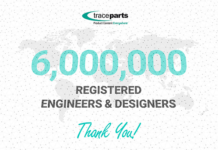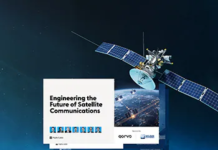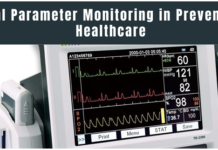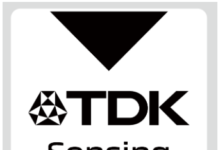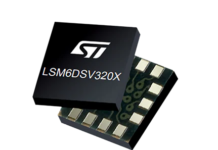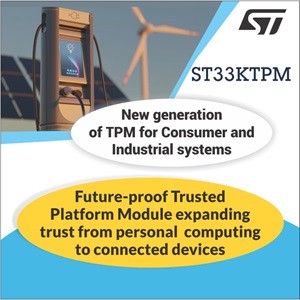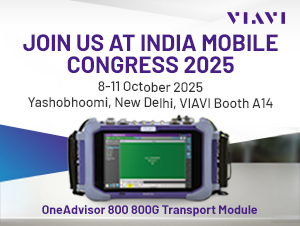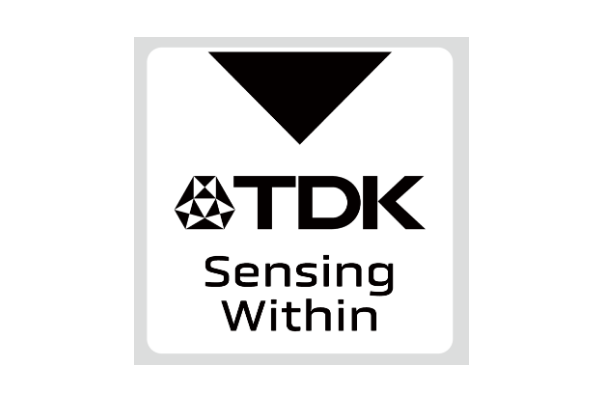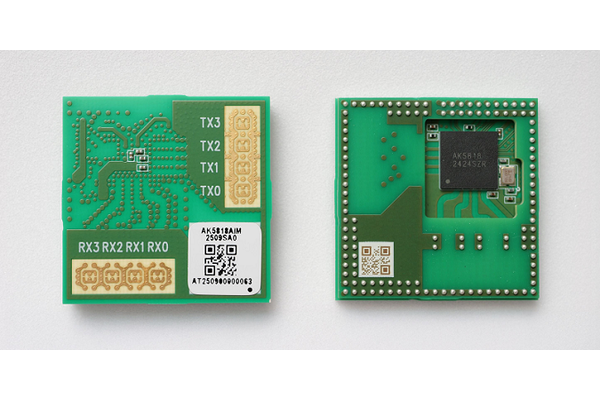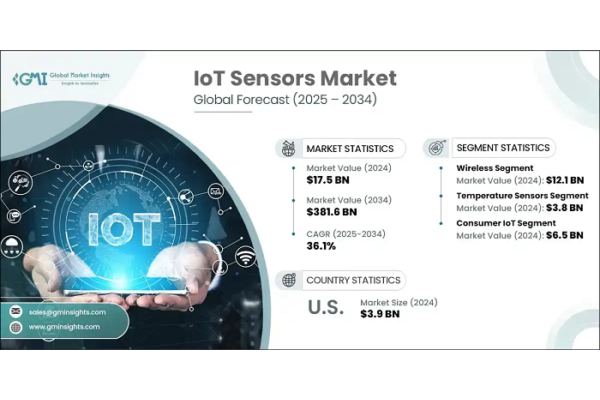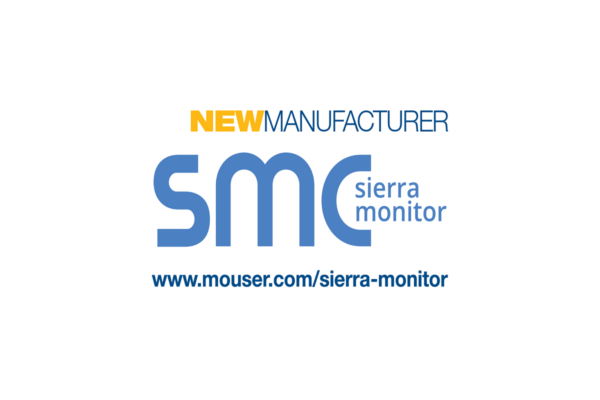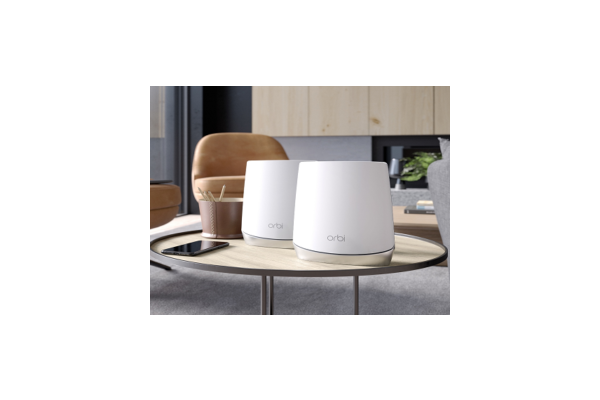Unlocking the Future: How IoT Sensors Are Powering a USD 381.6 Billion Market by 2034
- tweet
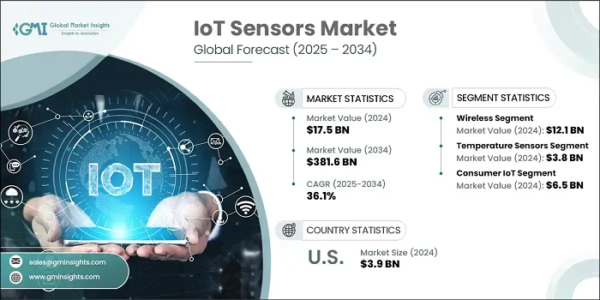
The Internet of Things (IoT) revolution is not just knocking at the door — it’s already transforming industries, cities, homes, and even our daily lives. At the heart of this digital transformation lies a foundational technology: IoT sensors. These small but mighty devices are enabling a smarter, more connected world — and their global market is poised to surpass USD 381.6 billion by 2034, according to a recent forecast by Global Market Insights.
This explosive growth signals not only a technological shift but also opens up remarkable opportunities across automation, robotics, healthcare, agriculture, manufacturing, and beyond. For tech innovators, policymakers, and robotics experts—like those who follow RoboticsTomorrow.com—the IoT sensor market is a critical arena of progress and innovation.
What Are IoT Sensors and Why Do They Matter?
IoT sensors are devices that detect and measure physical parameters like temperature, motion, pressure, humidity, light, and gas, converting these readings into digital signals for analysis or action. Their core function is data acquisition, and they act as the nervous system of any IoT environment—enabling machines and systems to interact intelligently with the physical world.
From smart homes to smart factories, IoT sensors power key applications in:
- Industrial automation
- Smart cities
- Healthcare monitoring
- Agriculture
- Transportation
- Consumer electronics
With the increasing reliance on real-time data, businesses and governments are rapidly investing in sensor technologies to improve efficiency, safety, and sustainability.
Why Is the Market Booming?
The anticipated surge to over USD 381.6 billion by 2034 is underpinned by several transformative trends:
1. Industrial IoT (IIoT) Expansion
Industries such as manufacturing, oil & gas, and logistics are integrating IoT sensors into their infrastructure for real-time monitoring and predictive maintenance. This shift reduces downtime, increases productivity, and minimizes operational costs—an appealing formula for companies seeking competitive advantage.
2. Smart Cities and Infrastructure Investments
Urbanization is driving demand for smarter traffic management, energy grids, and public safety solutions. Governments worldwide are embedding IoT sensors into city infrastructure to monitor air quality, manage street lighting, detect leaks, and optimize energy use.
3. Healthcare Innovation
IoT sensors are transforming patient care through wearable devices, remote health monitoring, and smart diagnostics. The demand for continuous health tracking, especially post-COVID-19, has accelerated sensor adoption in medical devices.
4. Agricultural Efficiency
In smart farming, IoT sensors measure soil moisture, monitor crop health, and track livestock conditions. This data enables farmers to make informed decisions, optimize yields, and reduce resource usage — a critical factor in feeding a growing global population.
5. Advancements in Connectivity Technologies
Widespread deployment of 5G networks, Low-Power Wide Area Networks (LPWANs), and edge computing has improved the performance and scalability of IoT systems. These technologies are enabling the seamless integration of millions of sensors into decentralized systems.
Market Breakdown: Key Segments and Insights
► By Sensor Type
- Pressure sensors, temperature sensors, and accelerometers are among the most widely used in industrial applications.
- Image sensors are growing rapidly in areas such as autonomous vehicles and surveillance.
- Gas sensors are crucial for environmental monitoring and HVAC systems.
► By Application
- Consumer electronics currently hold a significant market share, thanks to widespread adoption in smartphones, wearables, and home automation.
- Industrial and automotive sectors are expected to witness the highest growth due to increasing automation and the electrification of vehicles.
- Healthcare is emerging as a vital application area, particularly with the rise of telemedicine and remote patient monitoring.
► By Region
- North America leads the market due to early adoption of advanced technologies and robust industrial infrastructure.
- Asia Pacific, particularly China, Japan, and South Korea, is expected to experience exponential growth driven by smart manufacturing and smart city initiatives.
- Europe is also witnessing growth thanks to stringent environmental regulations and innovation in green technologies.
Challenges Ahead
Despite the rosy outlook, the IoT sensor market faces challenges that must be addressed to sustain long-term growth:
- Security Concerns: More devices mean more potential vulnerabilities. Data security and privacy will remain critical concerns, especially in healthcare and finance.
- Power Consumption: Many sensors are deployed in remote or inaccessible locations. Developing ultra-low-power sensors is vital for expanding IoT applications.
- Interoperability Issues: Diverse standards and protocols can hamper sensor integration. Industry-wide standards are essential for scaling IoT systems efficiently.
The Role of Robotics and Automation
For the robotics industry, IoT sensors are not just accessories—they’re enablers. Autonomous robots in manufacturing, delivery, or healthcare rely heavily on sensor data for perception, decision-making, and navigation. As robots become more collaborative (cobots) and mobile, the importance of real-time sensing increases dramatically.
In addition, the convergence of AI with IoT sensors is creating intelligent sensing platforms, where machines learn from the data they collect. This is setting the stage for next-gen automation across warehouses, agricultural fields, and hospitals.
Future Outlook: What to Expect by 2034
As we move toward 2034, the IoT sensor market will continue to be defined by innovation, miniaturization, intelligence, and integration.
- Smaller, smarter sensors embedded with edge AI capabilities will allow more localized decision-making, reducing reliance on cloud computing.
- Flexible and printed sensors will become standard in wearables and smart textiles.
- Sensor fusion—combining data from multiple sensor types—will enhance accuracy and enable advanced applications such as AR/VR and autonomous navigation.
- Sustainability will shape sensor design, with more eco-friendly, recyclable, and energy-efficient components.
Final Thoughts
The journey toward a USD 381.6 billion IoT sensor market by 2034 reflects the increasing importance of connected intelligence in every aspect of life and industry. Whether you’re an innovator in robotics, a policymaker, a manufacturer, or a tech enthusiast, understanding the power and potential of IoT sensors is essential.
As the world becomes more reliant on data-driven systems, the humble sensor is fast becoming one of the most important building blocks of our digital future.
Source: https://www.gminsights.com/industry-analysis/iot-sensors-market

